Consider these seemingly disconnected challenges facing Cape Town, South Africa:
The city grows at a rate of 2.6 percent per year while its water supply shrinks. A recurring drought has made the water situation seem desperate.
Fires dominate news headlines. The city of Knysna, in South Africa’s Western Cape, is largely destroyed.
Invasive plants encroach on one of the most important areas for native plants in the world.
In many of the city’s townships, the unemployment rate is 22 percent or higher.
A water crisis, drought, fire, invasive species, unemployment: there is not a single solution that can solve these problems. But a conservation tool can help address these seemingly disparate issues.
Around the world, The Nature Conservancy and partners have used a tool called water funds to invest in conservation activities in watersheds, improving water quantity and quality for urban residents downstream.
In Cape Town, the tool holds promise for both people and biodiversity. “It’s clear we need to change our relationship with water in the Western Cape,” says Louise Stafford, director of water funds for The Nature Conservancy in South Africa. “A well-managed and continuous water supply is essential for Cape Town to be sustainable and prosperous in the future. Water funds can play a role in reaching that.”
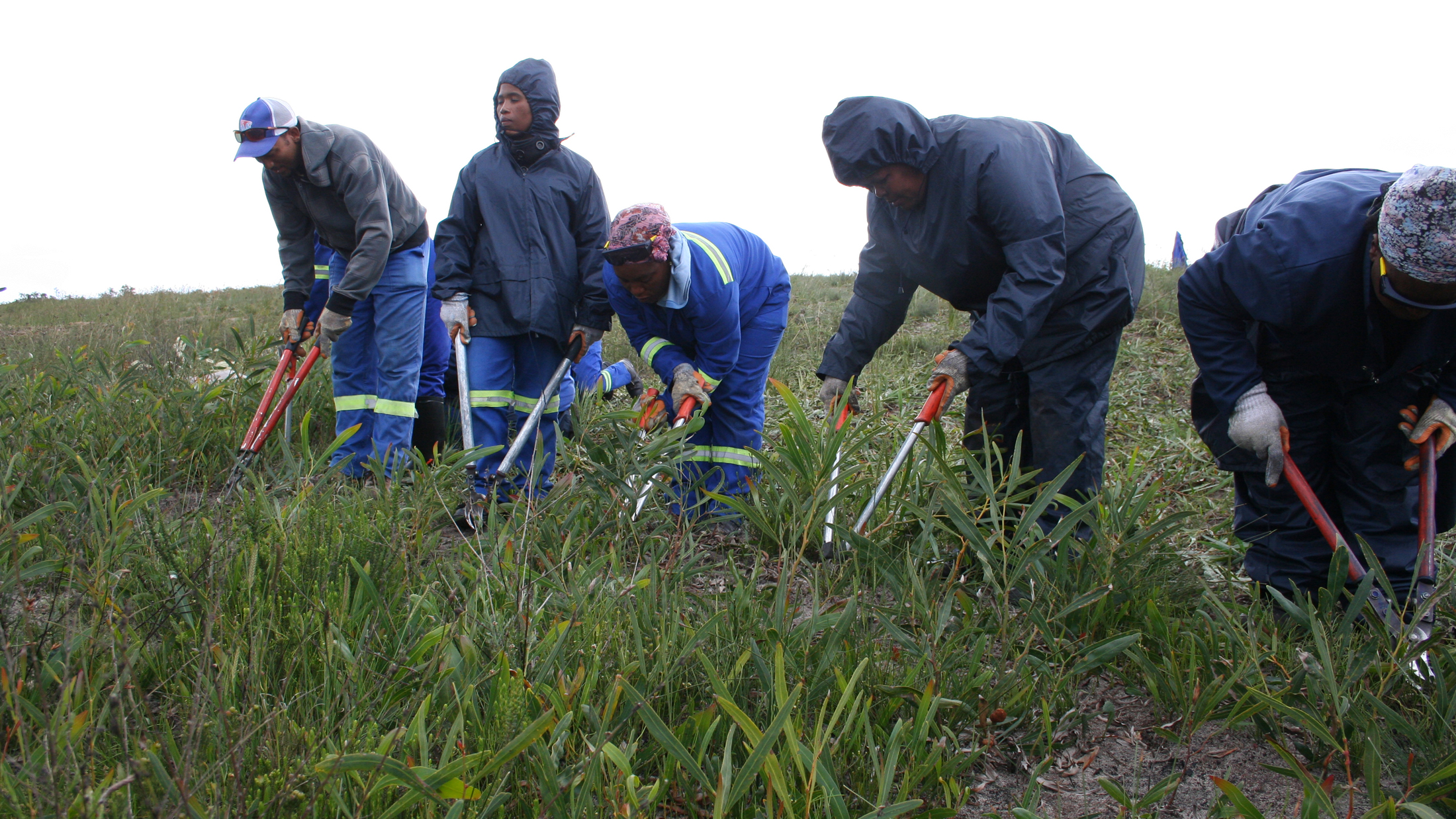
A Botanical Wonderland Under Siege
When most people envision wildlife viewing in Africa, they picture big creatures: lions and elephants and rhinos. Go hiking in a nature reserve in the South African Cape, you have to adjust your gaze. The lions and rhinos are long gone, but there are still wildlife treasures. A leopard tortoise will lumber across the path; a small gray mongoose might dart away at your approach. Cape sunbirds and other beautiful species dart around the flowers, pollinating them.
But as interesting as these smaller creatures are, it’s the plants that steal the show. This quickly became apparent when my wife and I took at walk through some of the Cape’s nature reserves with Dominic Chadbon, a native plant enthusiast and advocate. Patches of wildflowers stretched out before us, and we could hardly get a few steps before Chadbon pointed out another botanical treasure.
The Cape floral region is one of the most botanically diverse areas on earth. This area on the southern end of the continent contains 3 percent of the world’s plant life, and more than 20 percent of Africa’s. And more than 70 percent of the plants found here are found nowhere else on earth.
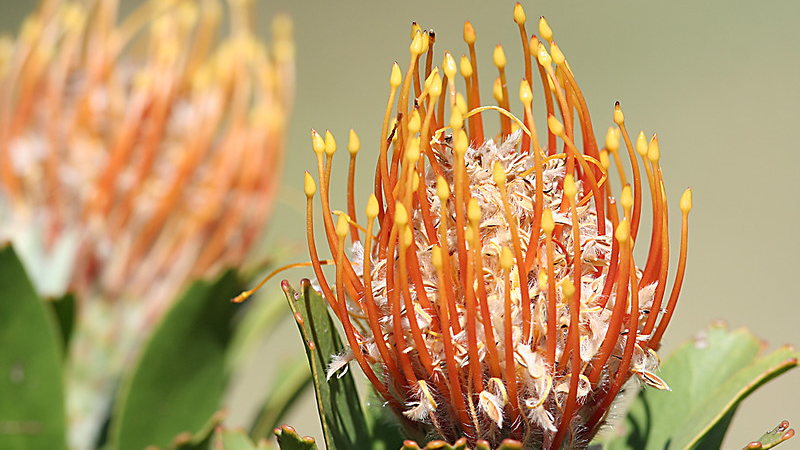
“Botanically, the area is more diverse than the Amazon,” said Chadbon. “There’s no place else quite like it.”
Much of the plant life is fynbos, fine-leaved shrubs. Among the most well-known outside of South Africa are the proteas, with large striking flowers pollinated by birds and other wildlife.
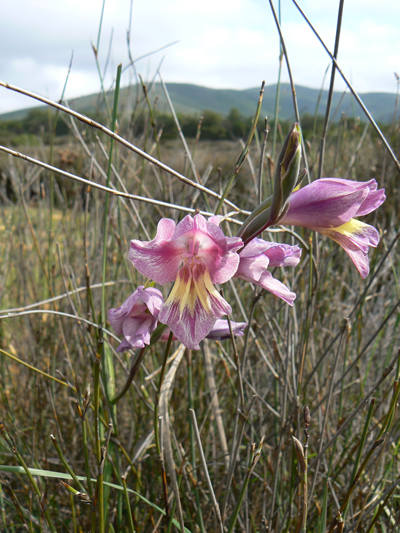
The Cape Town city limits alone are home to 3,250 species of plants, almost twice as many as are found in the entire British Isles. The Cape floral area is recognized as a World Heritage site, and is protected by a number of fine nature reserves that my wife and I explored. But these native plants also face a major threat in the form of invasive species.
Pine plantations were established by the South African forestry industry to provide lumber. But these trees don’t stay on the plantation, their seeds disperse by wind and invade surrounding natural habitat. Other invasive plants like eucalyptus and non-native grasses have similarly spread around the region.
Without natural predators, these species can outcompete native plants and fundamentally change the ecosystem. Fynbos is a fire-adapted habitat and burns about every 10 years. Non-native plants change the fire regime, with fires burning ten to fifteen times hotter. These fires are difficult to control. The fires that destroyed the city of Knysna in the Western Cape were exacerbated by invasive plants.
“Knysna was like a time bomb went off and it was just devastating,” says Stafford. “And that’s an impact of invasive species. They also destroy biodiversity, change soil chemistry, and cause erosion and land slides.”
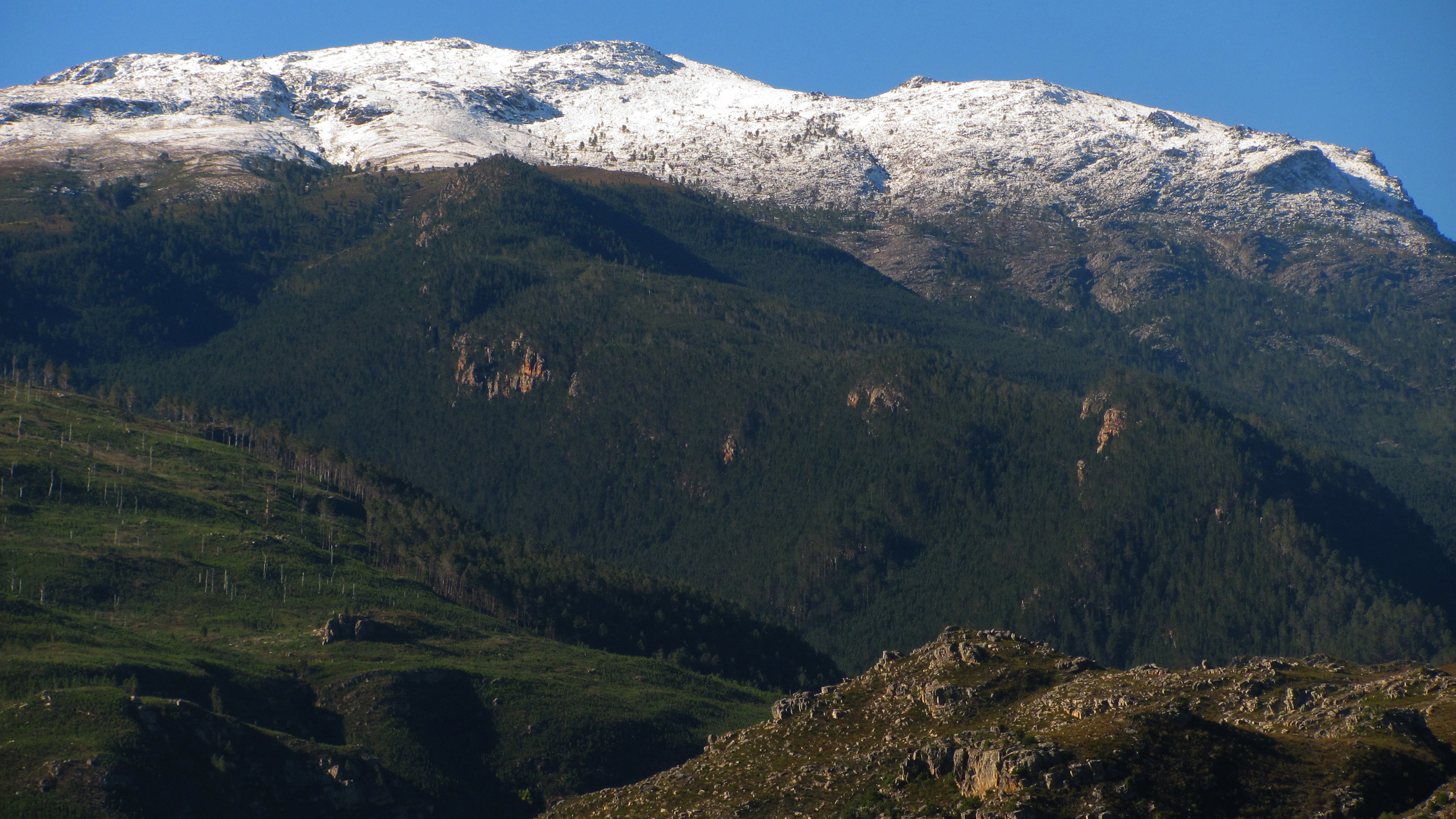
And they’re water hogs. While fynbos is adapted to the area’s precipitation, pine trees and other invasives, with roots that go deep in the soil, suck up precipitation. Watersheds in the Western Cape Province lose up to 31 percent of the mean annual runoff and 9 percent of registered water use due to invasive plants. In a city where every drop of water counts, those losses are significant.
The City of Cape Town has instituted numerous measures to assist with the water crisis, including a water conservation plan. While there has also been significant investment in invasive species control, a lot of it has not been targeted at improving watersheds. Could there be a way to control invasives and improve water supply?
Enter the water fund.
South Africa’s First Water Fund
The Atlantis Aquifer will be the pilot project for the first water fund in South Africa, scheduled to begin work later this year. The aquifer is replenished naturally by rainwater and artificially by treated storm water. The pilot project would employ people living in communities of Atlantis, Mamre and Pella to control invasive plants and restore habitat. Towns in the watershed Mamre, Atlantis and Pella have unemployment rates as high as 60 percent.
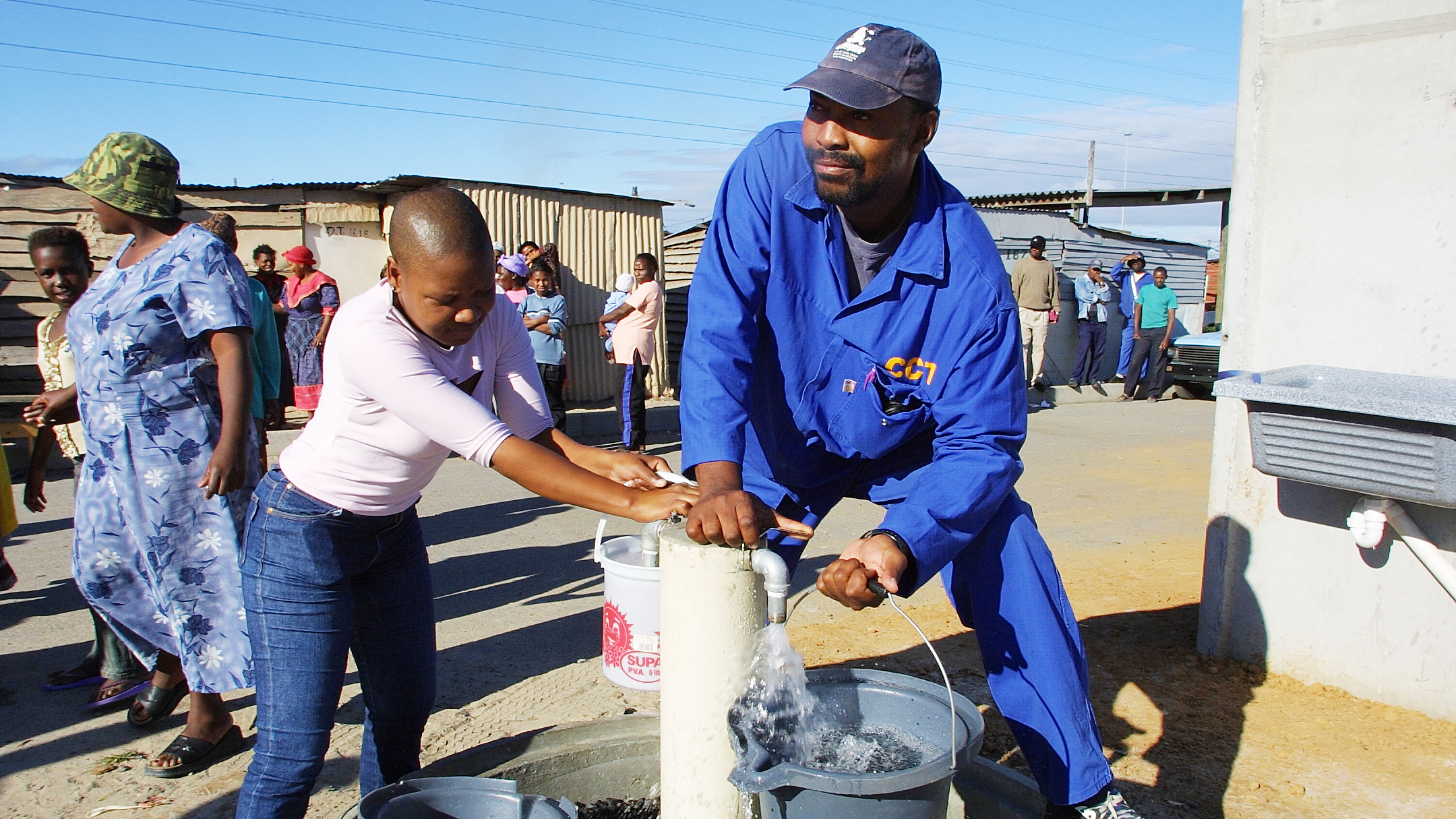
“For every job we create, four other people benefit,” says Stafford. “There is a huge need for jobs.”
There are a number of conservation actions in the watershed that can make a significant difference for water supply. One is controlling invasives soon after a fire occurs.
“After a fire, you have about six months to two years to get in there and control invasives,” says Stafford. “if you get in there early, you can do the control manually before they become established. After that, you need machines which increases the cost of the operation.”
The water fund will also likely invest in creating a network of artificial wetlands. Currently, storm water and treated household water collect in ponds before recharging the aquifer, but these ponds cannot be cleaned properly and pose a pollution threat. The ponds could be redesigned as artificial wetlands, with native vegetation doing most of the hard work of cleaning.
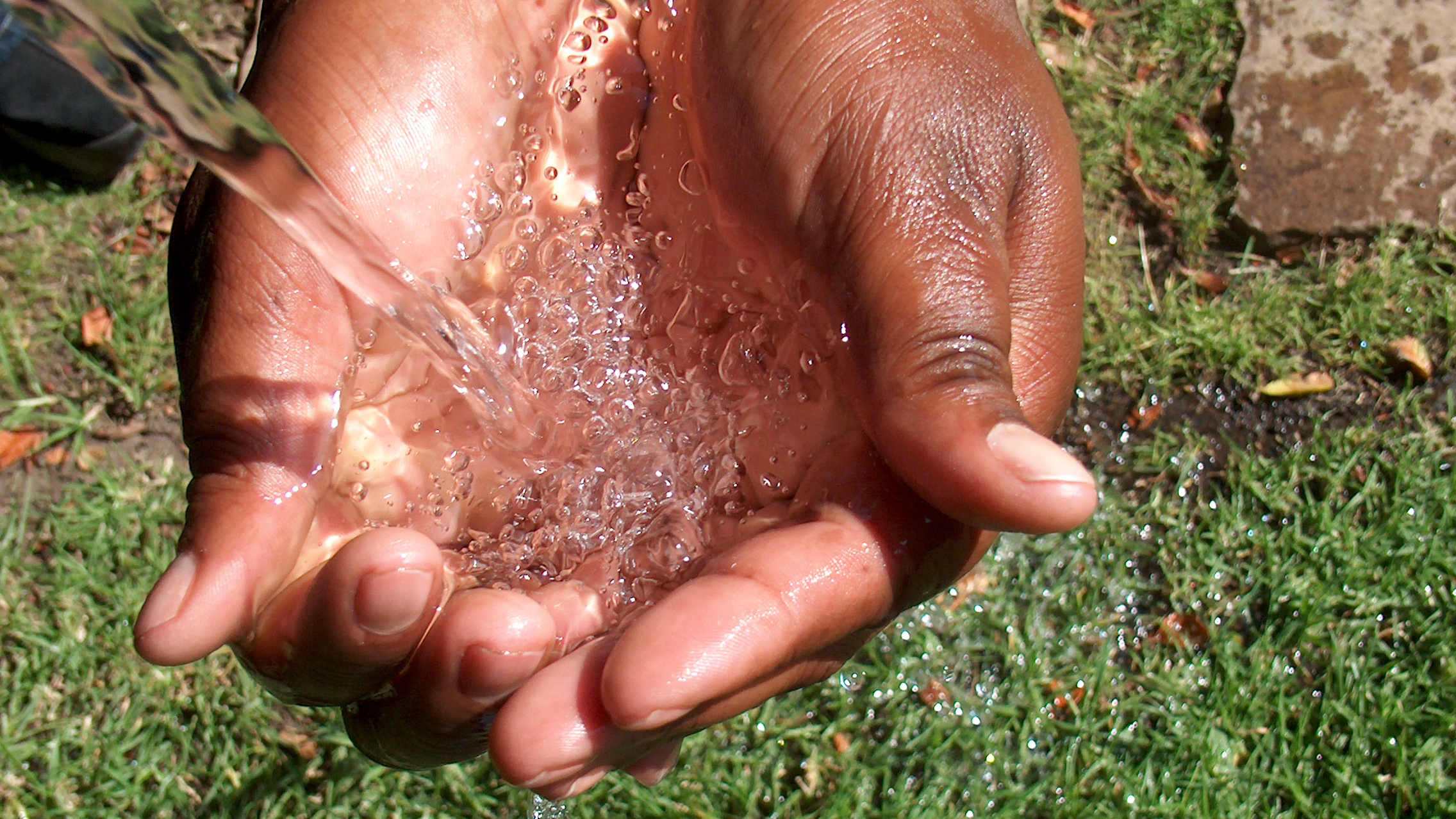
The water fund will invest in solutions that work best for communities. “We can’t totally distance ourselves from gray infrastructure, or human-built solutions to water quality and quantity,” says Stafford.
The plan is to use the Atlantis Aquifer as a pilot project, and then apply the lessons learned to other similar projects, that provide water for another economically disadvantaged part of the city.
Stafford acknowledges that addressing water in Cape Town is complicated. The city’s water supply system is inter-connected and dependent on a range of water catchment areas that lie inside and outside of the city boundaries, including 14 reservoirs and two aquifers. These water sources lie under the control of different government agencies, with different goals.
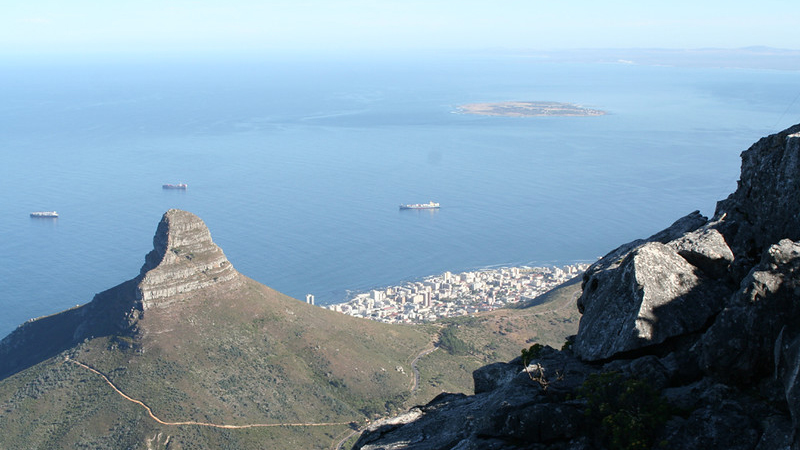
“One of the water fund objectives is to bring public and private stakeholders together to secure water protection for the city, which includes water sources outside the city,” says Stafford. “We are conducting a study to look at the extent of the problem and potential solutions.
A study released last year by the Conservancy showed that the resulting benefits for improved water quality from a water fund could offset the costs of conservation activities through reduced water treatment expenses in many African cities, including Cape Town. Savings on future water treatment and desalination costs alone could offset much or all of the costs of watershed conservation in Cape Town’s supply and recharge areas, providing dramatic return on investment.
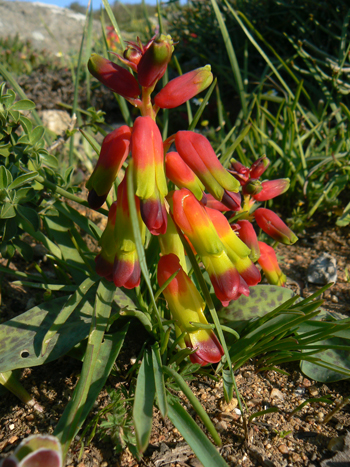
In 2015, the Conservancy worked with partners to launch Africa’s first water fund in Nairobi, Kenya. That fund is designed to help provide a cleaner, more reliable supply of water to over 9.3 million people and to maintain hydropower generation capacity that accounts for half of the nation’s energy supply. Conservancy scientists have found that targeted conservation actions upstream of Nairobi will generate more than $2 US of long-term benefits for every $1 US invested.
In Cape Town, the investment will also pay off for the region’s outstanding biological diversity. More people, like my wife and I, are traveling to the region to enjoy the wildflowers and native plants. Restoring more areas to native vegetation could draw tourists to parts of the Cape that desperately need more economic opportunities.
“Community engagement is at the core of this work,” says Stafford. “Water funds have been used in more than 60 cities around the globe. The physical environments are different and there are certainly a lot of variables, but a lot of the issues are more or less the same. We have learned a lot that we can apply here. But the work all begins at the community level. Working with the communities, we can create solutions that benefit them and this region’s biodiversity.”
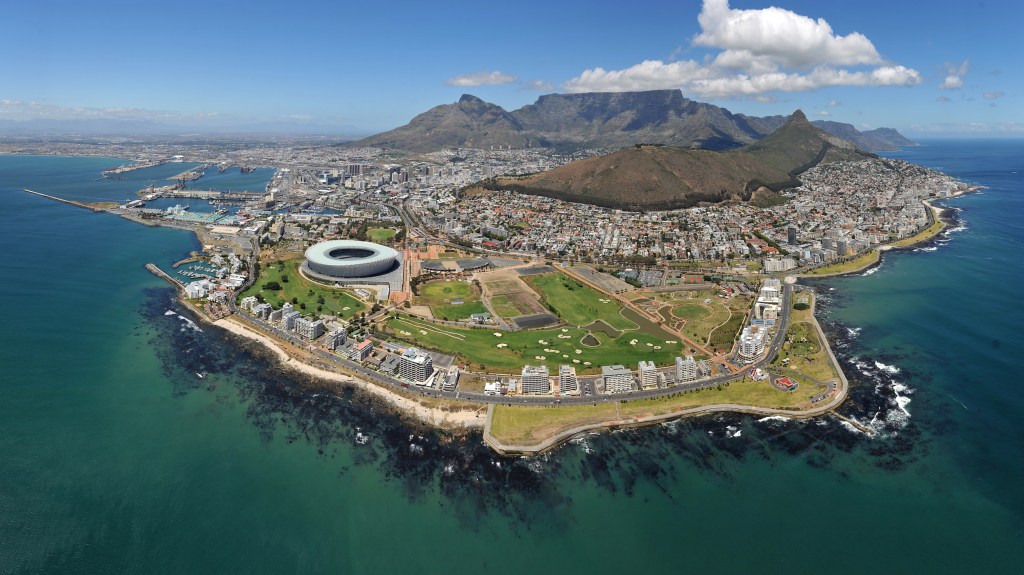



Dear Matt,
Informative article and I commend you and your organization on helping out our ? and the life within it. I have very good friends in SA, and I hope these strategies will help all in the future, for now I pray all conserve the water.
Thank you,
JM Sacco
Great article Matt.
I am encouraging a small group of intrepid explorers to visit the Western Cape and surrounding areas with me, early spring next year. Specifically to see the natural plant life, and wildlife of that beautiful country.
Save all the Animals and the Earth forever.
This is a much needed solution to our desperation in Cape Town. I hope the communities will understand that it is them on the forefront